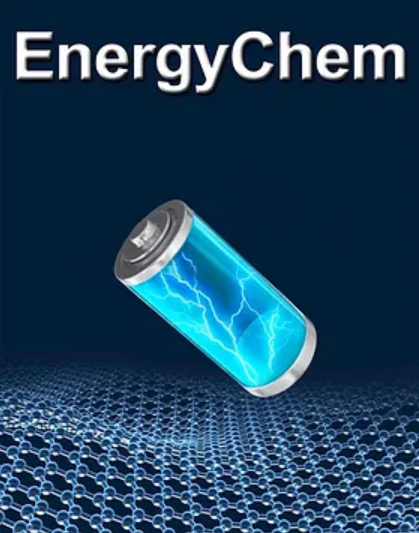Revisiting lithium metal anodes from a dynamic and realistic perspective
Abstract
The concept of a rechargeable lithium metal battery (LMB) was established and commercially realized before the lithium-ion battery (LIB), although safety concerns related to the lithium metal anode (LMA) prevented LMBs from flourishing. As Li-ion chemistry approaches its limitations in meeting the demands of high-energy-density for modern battery technology, research on the LMA has been revived for the production of next-generation Li batteries. With new concepts and technologies being developed and implemented, unprecedented progress has been achieved towards safer and more efficient LMAs, although there are still gaps in putting laboratory-based achievements into real life. This may be caused by the intrinsic shortcomings of the methods and protocols for evaluating LMA, which provide a one-sided perspective and leave key problems unrecognized. This review presents a comprehensive overview of the fundamental problems involved in using LMAs. A dynamic picture of Li metal functioning as an anode is made based on recent knowledge. Realistic requirements for achieving the high-energy-density advantage of LMAs are emphasized. Based on the understanding of these, strategies for Li stabilization are revisited and some overlooked issues need to be addressed.
- •
In this review, we consider the working mechanism of lithium metal anodes (LMAs) with a dynamic picture, including a separate deposition/dissolution process under the influence of spontaneously formed SEI, as well as the repeated cycling along with the evolution of the electrodes.
- •
The requirements for a Li metal anode under realistic conditions are discussed in detail.
- •
Based on a dynamic and realistic perspective, we carefully assess the testing procedures for LMAs and the meaning of the test results. Coulombic inefficiency, or loss of active lithium, is analyzed qualitatively or quantitatively according to the latest understanding.
- •
Finally, we revisit the strategies for LMA protection based on the above discussion and understanding, and highlight some issues that are often overlooked in current research.


 求助内容:
求助内容: 应助结果提醒方式:
应助结果提醒方式:


